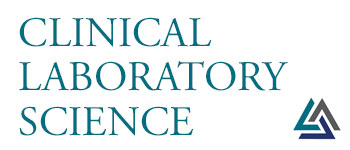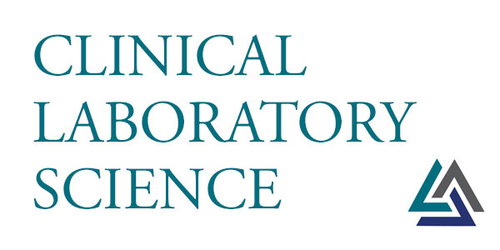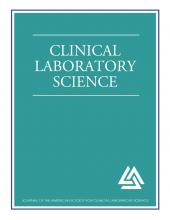This article requires a subscription to view the full text. If you have a subscription you may use the login form below to view the article. Access to this article can also be purchased.
- Donald C. Lehman, EdD, MT(ASCP), SM(NRM)⇑
- Address for Correspondence: Donald C. Lehman, EdD, MT(ASCP), SM(NRM), Department of Med-ical Technology. University of Delaware, Newark, DE 19716, (302) 831-8432, dlehman{at}udel.edu
Discuss the role of forensic scientists.
Describe the role of medical examiners.
Describe chain of custody of forensic evidence.
Describe the organization and function of forensic laboratories in the United States.
Extract
Forensic science, sometimes referred to as criminalistics, applies the knowledge of science to the definition and enforcement of laws. Criminalistics is a branch of forensic science that is involved in the collection, analysis, and interpretation of physical evidence produced by criminal activity.1 This field of study involves several scientific disciplines: biology, chemistry, and physics. Forensic science is not a branch of law enforcement, and forensic scientists are not law enforcement officers. Despite how they are portrayed on television, forensic scientists do not interrogate and arrest suspects and do not usually investigate crime scenes. The main duties of a forensic scientist are to analyze physical evidence, interpret the results and testify in a court of law. Forensic scientists are expert witnesses who express opinions as to the significance of laboratory findings.
Forensic science plays a role in criminal and civil law. Forensic scientists help determine cause of death, identify perpetrators of crimes, identify bodily remains, track the electronic transfer of money, investigate internet fraud and identity theft, and reconstruct vehicular accidents. Laws regulate the safety and quality of our food and water, the potency of medications, motor vehicle emissions, and pesticides used on crops. It would be impossible to monitor compliance with laws if not for accurate laboratory testing. Forensic science is becoming increasingly broad in its application to law and criminal investigations.
Crime laboratory analyses are only relevant if the specimens received are properly collected, transported and preserved. Crime scene evidence is often collected and transported by trained police officers.
ABBREVIATIONS: DNA, deoxyribose nucleic acid
Discuss the role of forensic scientists.
Describe the role of medical examiners.
Describe chain of custody of forensic evidence.
Describe the organization and function of forensic laboratories in the United States.
- © Copyright 2012 American Society for Clinical Laboratory Science Inc. All rights reserved.






